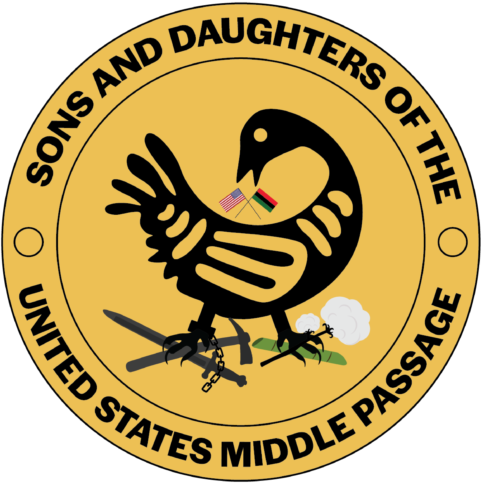1619 and Its Significance
In August of 1619, the first documented Africans to arrive in the English-speaking colony at Point-Comfort in what would later be called, Virginia. They arrived on the “White Lion,” a Dutch ship, which included enslaved individuals from the West Coast of Africa. These individuals were referred to as the “20 And odd Negroes” as recorded by John Rolfe, a colonist living in the area.
This year, 2019, marks the 400th year anniversary of the arrival of these “first Africans.” They are significant because they give us a starting point to understand slavery in the context of the beginnings of the United States.
It is important to note that these individuals were not the “First Africans” to inhabit the “New World”. The first Spanish town in what is now the United States was near Florida. It was built in 1526, by Luis Vasquez de Ayllon, a Spanish official based on Hispaniola. In 1526, Ayllon set out with approximately 500 Spanish colonists. The expedition included women, children, Dominican friars, and enslaved Africans. The endeavor failed when the colonists fought each other, Indians attacked, enslaved Africans escaped, and Ayllon died. For more information, see this link. There were, most likely, other instances of the arrival of Africans that are not well documented.
Unfortunately, there is a debate about whether the “20 and Odd” were “slaves”. It is unfortunate because the debate ignores the fact these individuals were not free. They were kidnapped or forcibly taken from their homelands with the intention of being enslaved. They were taken from their families against their will. They never returned home and most likely, many of the original captives died on the voyage to the Americas and the Caribbean. Even though they may not have been “legally” designated as “slaves for life” and some may have been “indentured servants” and subsequently freed, the fact remains they were not free and enslaved when they arrived. This debate minimizes the horrors and injustices of their experience and should cease. As it relates to freedom lost in the Transatlantic Slave Trade, whether it is delayed for seconds or a lifetime, “legally” defined slavery versus involuntary indentured servitude is a distinction without a difference.
Nonetheless, we commemorate the lives of these individuals. Many African-Americans alive today can trace their lineage directly to these “20 and odd”. Sons & Daughters of the United States Middle Passage was formed to primarily celebrate our connections to all Africans brought to Colonial British America and to the United States of America as enslaved or unfree people. However, we celebrate the lives of all ancestors of African-Americans, descendant of enslaved people brought to these shores.
The theme of our 3rd annual conference, on June 7-8 at Rider University, in Lawrenceville, NJ, is 1619: Their Legacy Lives On. AAHGS-NJ will be our co-host. Please see our
—Dr. Evelyn McDowell, President of Sons & Daughters of the United States Middle Passage
revised 1-25-2019. Dr. McDowell can be reached at [email protected].
Links to More Information:
- Video, featuring Calvin Pearson, giving an overview of the events of 1619.
- Timeline of events leading up to the Arrival of the “20 and Odd” by Ric Murphy’s Upcoming Book.
- “Mystery of Va.’s First Slaves Is Unlocked 400 Years Later”, Washington Post Article by Lisa Rein
- The NPS has provided this commemorative program and event booklet that was created by Fort Monroe National Monument, in honor of the 400th Anniversary of the first documented Africans in English North America. The program can be found here on the Afro-American Historical and Genealogical Society’s website.
